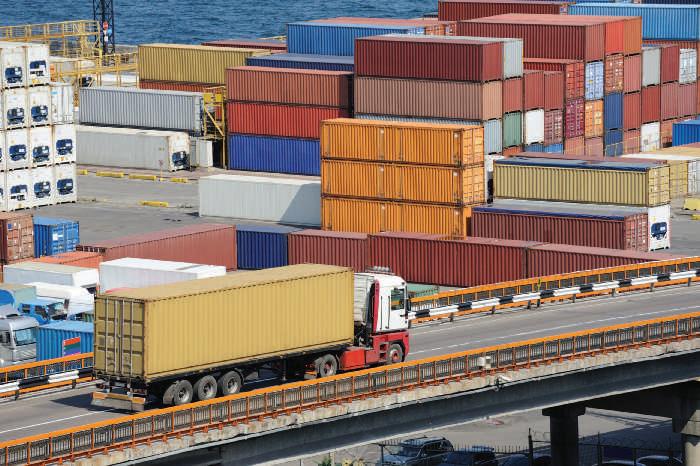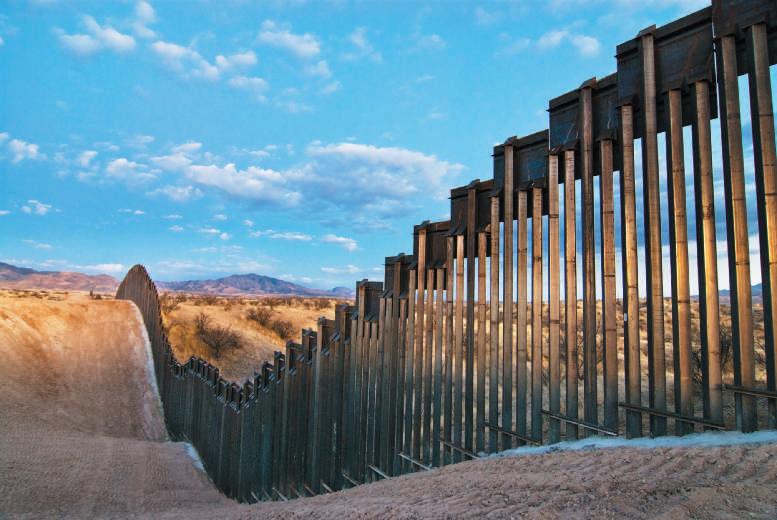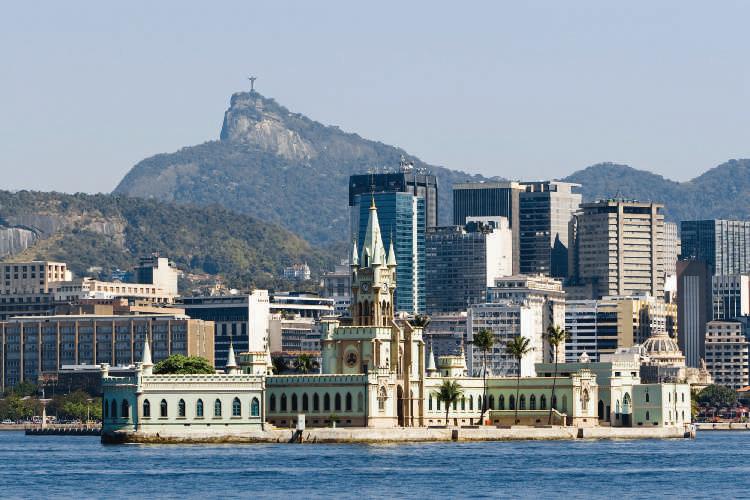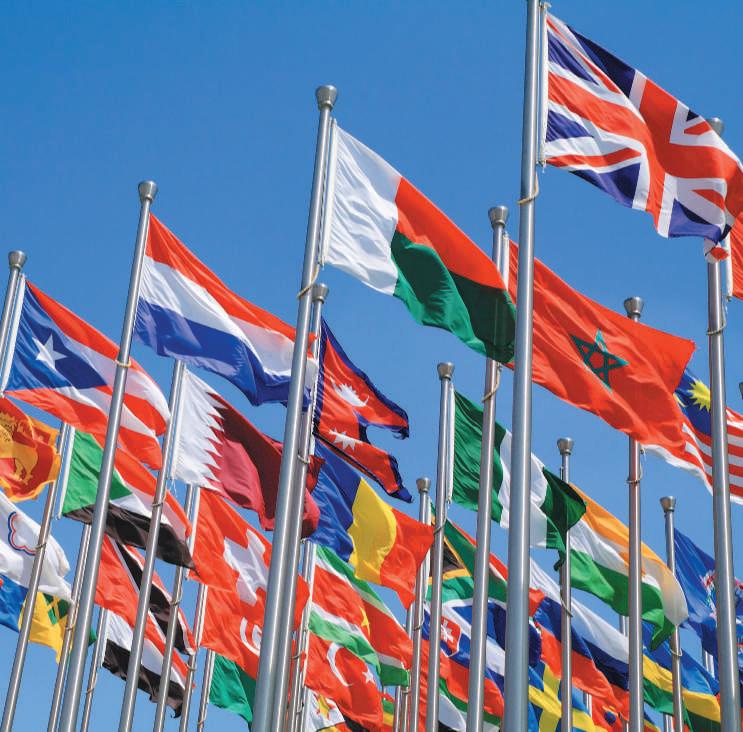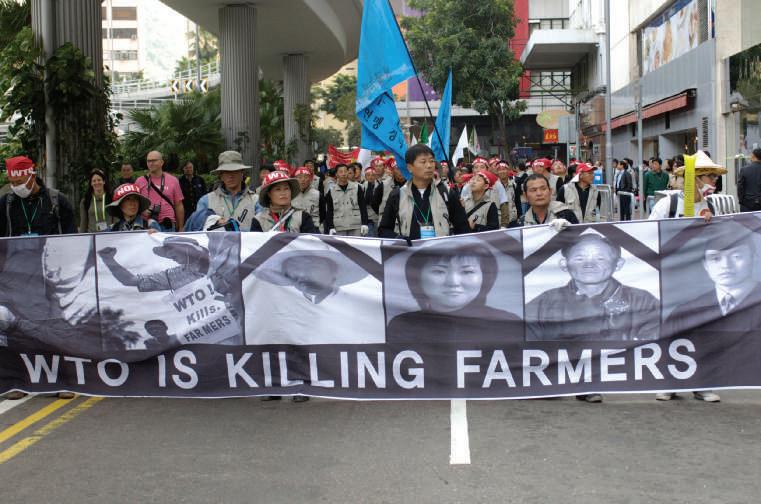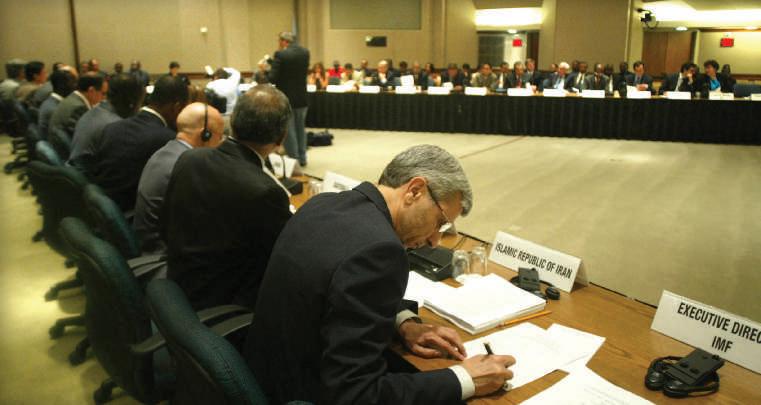302
Chapter 12 Global Marketing
0.10X = $200,000 + .06X X = $5 million At a sales volume exceeding $5 million, it would be less expensive to employ a direct strategy; under $5 million of sales, the direct strategy would be more costly. For example, at a sales volume of $6 million, the cost of the direct strategy would be $560,000 ($200,000 + 0.06 × $6 million), whereas the cost of the indirect strategy would be $600,000 ($6 million × 0.10). Agents and distributors are the two major kinds of channels of distribution that international marketers can use. An agent acts on behalf of a company in a foreign market and will be compensated by a commission on the volume of sales achieved. The agent makes a profit if the commission is greater than the costs incurred in selling the client’s products. A distributor purchases products from the company doing business in international markets and, in turn, resells them to other buyers. Distributors make a profit if they can sell the product at a price higher than what was paid for the products, plus the costs involved in reselling them.
12-5b Physical Distribution
agent
a channel of distribution that represents a company in a foreign market and is paid by commission
distributor
a channel of distribution that purchases products from a company doing business in a foreign market and then resells them to other buyers
physical distribution
storage and transportation operations that are used in moving products to a foreign market
Physical distribution refers to a company’s storage and transportation operations used in moving its products to their foreign markets. Storage involves the use of warehouses for a company’s products, either while they are retained in the home country or until they are transported to overseas markets. Sometimes products will also be stored in warehouses in the host country until purchased by international customers. EBay and Amazon are finding that physical distribution is a major factor in breaking into the Indian market. Both companies instituted physical distribution operations that are designed to speed up deliveries and make them more reliable. Amazon will open up a second 150,000 square foot warehouse in Bangalore; the first was in Mumbai. EBay is guaranteeing nine-hour deliveries for customers located in Mumbai.23 When a company decides to begin selling its products overseas, it encounters a new set of variables that affect its physical distribution operations. In some countries, such as Italy and Japan, there will be more distribution layers than in the United States. Often, the wholesalers and retailers constituting these layers will be small, inefficient operations. These factors result in more complicated and costly physical distribution operations. Poor logistics infrastructures are another challenge in many foreign countries: bridges, tunnels, roads, ports, railroads, and airports may be of inferior quality. Foreign buyers are more likely to accept longer delivery times than domestic customers, but once the buyer and seller agree upon delivery dates, buyers expect deliveries to be on time. Because buyers may be separated from sellers by thousands of miles—making it difficult to address the various problems that may arise—international buyers demand that orders received be complete (no items missing), accurate (the correct products are received), and in good condition (not damaged). The greater distance required for international shipments requires sellers to place more emphasis on the package designed to protect products in transit. The greater distances also increases the logistics costs for international shipments. Whereas truck and rail shipments dominate domestic shipments, air and water are the most important for international shipments. Shipments by air account for only 1 percent of all international shipments, but represent 20 percent of their value. High-value perishable items and those that need to reach customers quickly, such as cut flowers, personal computers, and machine parts, are examples of goods that are typically transported on airplanes. Giant-sized container ships and oil tankers move large quantities of products to international buyers at low per-unit costs but at a much slower pace than shipment by air. Cargo ships have
Copyright 2017 Cengage Learning. All Rights Reserved. May not be copied, scanned, or duplicated, in whole or in part. Due to electronic rights, some third party content may be suppressed from the eBook and/or eChapter(s). Editorial review has deemed that any suppressed content does not materially affect the overall learning experience. Cengage Learning reserves the right to remove additional content at any time if subsequent rights restrictions require it.









